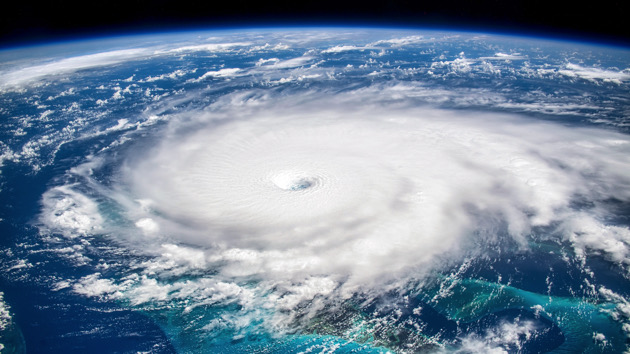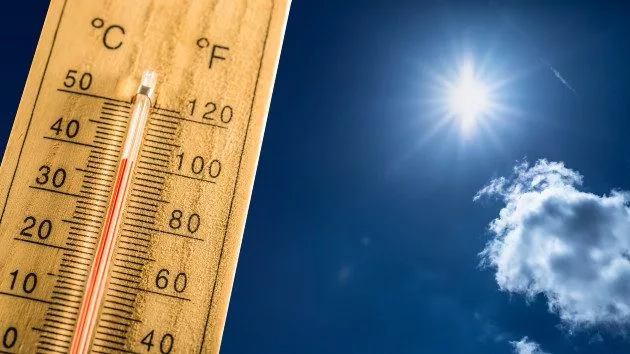
(NEW YORK) — The National Oceanic and Atmospheric Administration on Thursday released its annual U.S. winter outlook and scientists are expecting a “Triple Dip” La Niña pattern.
La Nina means cooler-than-normal ocean temperatures in the eastern Pacific Ocean near the equator. This cooler water affects weather patterns in the U.S., especially during the months of December, January and February.
NOAA is predicting drier-than-average conditions across the South with wetter-than-average conditions for areas of the Ohio Valley, Great Lakes, northern Rockies and Pacific Northwest.
The greatest chance for warmer-than-average conditions are in western Alaska and the Central Great Basin and Southwest extending through the Southern Plains, according to NOAA.
A “Triple Dip” means this is the third year in a row that the U.S. will experience La Niña conditions.
“It is exceptional to have three consecutive years with a La Niña event. Its cooling influence is temporarily slowing the rise in global temperatures – but it will not halt or reverse the long-term warming trend,” Petteri Taalas, the secretary-general of the World Meteorological Organization, said in a recent report.
La Niñas are usually preceded by El Niño, a weather pattern that warms the surface of the eastern tropical Pacific Ocean; however, an El Niño event did not occur before the current La Niña, according to Michelle L’Heureux, a climate scientist for NOAA.
It’s not unprecedented for the weather pattern to last more than nine months to a year, which is typical for a La Niña, according to NOAA.
According to the National Centers for Environmental Prediction, La Niñas occurred several times between 1903 to 2010 and 2010 to 2012.
La Niña’s global effect
La Niña occurrences have a devastating global impact because of its effect on weather and climate, Richard Seager, Ph.D., a research professor at Lamont-Doherty Earth Observatory of Columbia University, told ABC News.
The weather has caused droughts in North and South America and equatorial eastern Africa. La Niña is also linked to floods in Asia, such as the devastating floods Pakistan has endured since June, Seager said.
NOAA forecasts that the expected La Niña winter season, which is from December 2022 to February 2023, in the U.S. won’t be atypical, as the northern Plains, Rockies and Pacific Northwest will also experience cooler temperatures; the South will be hotter than normal and the East Coast may be warmer than it usually is during that time of the year, according to L’Heureux.
Human-induced climate change?
According to WMO, naturally occurring climate events are viewed as happening because of “human-induced climate change,” leading to global temperatures and extreme weather conditions.
“The worsening drought in the Horn of Africa and southern South America bear the hallmarks of La Niña, as does the above average rainfall in South-East Asia and Australasia,” Taalas said in the report. “The new La Niña Update, unfortunately, confirms regional climate projections that the devastating drought in the Horn of Africa will worsen and affect millions of people.”
According to Seager, it isn’t safe to say that the changing climate causes this type of La Niña pattern because it has happened before, but he acknowledges that climate change may play a role.
“The record of sea surface temperatures we have that goes back a century and a half shows that the tropical Pacific Ocean has been moving in the direction that, although it warmed up in the west, it hasn’t warmed up in the eastern equatorial pacific,” Seager said. “So, that trend in sea surface temperatures is making these persistent La Niñas more likely.”
ABC News’ Max Golembo contributed to this report.
Copyright © 2022, ABC Audio. All rights reserved.








